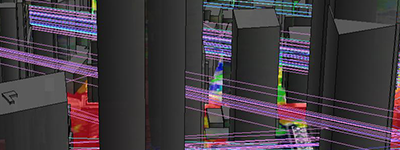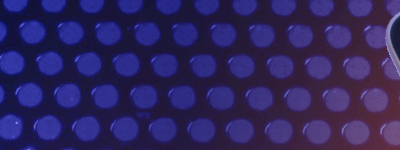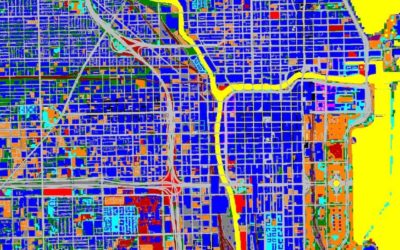Using Data to Tune RF Models
When using a clutter database in RF planning software, there are a couple of different ways in which those clutter attenuation values apply loss to the model. One method is ‘add clutter loss’ in which path loss gets applied based on the clutter category that is present at the mobile or receiver location. This might be used for applications in which the mobile/remote unit is close to the ground and clutter effects are generalized to the receiver location.
A more realistic approach to modeling clutter is by choosing add clutter pass-through loss. This method does not assume clutter is a hard obstacle, but rather that the signal is passing through the clutter. Your planning software determines the distance the signal passes through each clutter type based on the path profile and clutter height, then assigns loss in db per kilometer.
Best Practices
A best practice in network design is to gather field measurement data and use those values to compare against the values used in your predictive models to fine tune their accuracy as you deploy more networks in similar service areas.
To save time and streamline your designs, some RF planning software offer automatic tuning features in which actual and predicted values are compared with their attenuation values adjusted automatically.
This is much more straightforward with the ‘add clutter loss’ method, as any adjustments need only be applied to a clutter category. With pass-through loss it’s much more difficult, because to tune these types of signals means tuning each individual measurement point because a particular path may pass through several different categories.
The EDX Solution
EDX Wireless offers users automatic tuning for clutter pass-through loss, providing a much more accurate representation of losses in the field and streamlining your deployments. The feature is particularly helpful with high-frequency, short-range networks such as 5G, CBRS, small cell, Mesh and other networks that are more susceptible to clutter and physical characteristics of a service area.
Overall deployment becomes much faster as this feature can reduce the amount of time spent in the field as you will not have to spend as much time setting up transmit and receive antennas on either end of a clutter category region in order to show how a signal is being affected. Bottom line is with this feature, you should get a much more accurate representation of what is happening in the real world.
Sample point spacing when using the feature is flexible and can be set to take advantage of high-resolution clutter. This will improve your results when you consider how rapidly clutter considerations can change in a mixed service area environment. In many urban areas, for example, trees can be present in close proximity to buildings of the urban core.
To create high-resolution models, accurate data can be used in conjunction with auto tune for clutter pass-through loss in which sample points can be taken to match the resolution of the data, ensuring that each value is tuned properly to whatever category is present at the signal location.
Key use cases
- 5G, CBRS, Small Cell, Mesh and other applications in which devices are close to the ground and/or susceptible to physical characteristics of the service area due to high frequencies.
- Accuracy for networks deployed in mixed service area environments that may contain land use of different heights and/or a combination of urban, suburban and rural environments.
- Deliverable due dates and manpower constraints do not allow for multiple trips into the field to gather measurement data.









